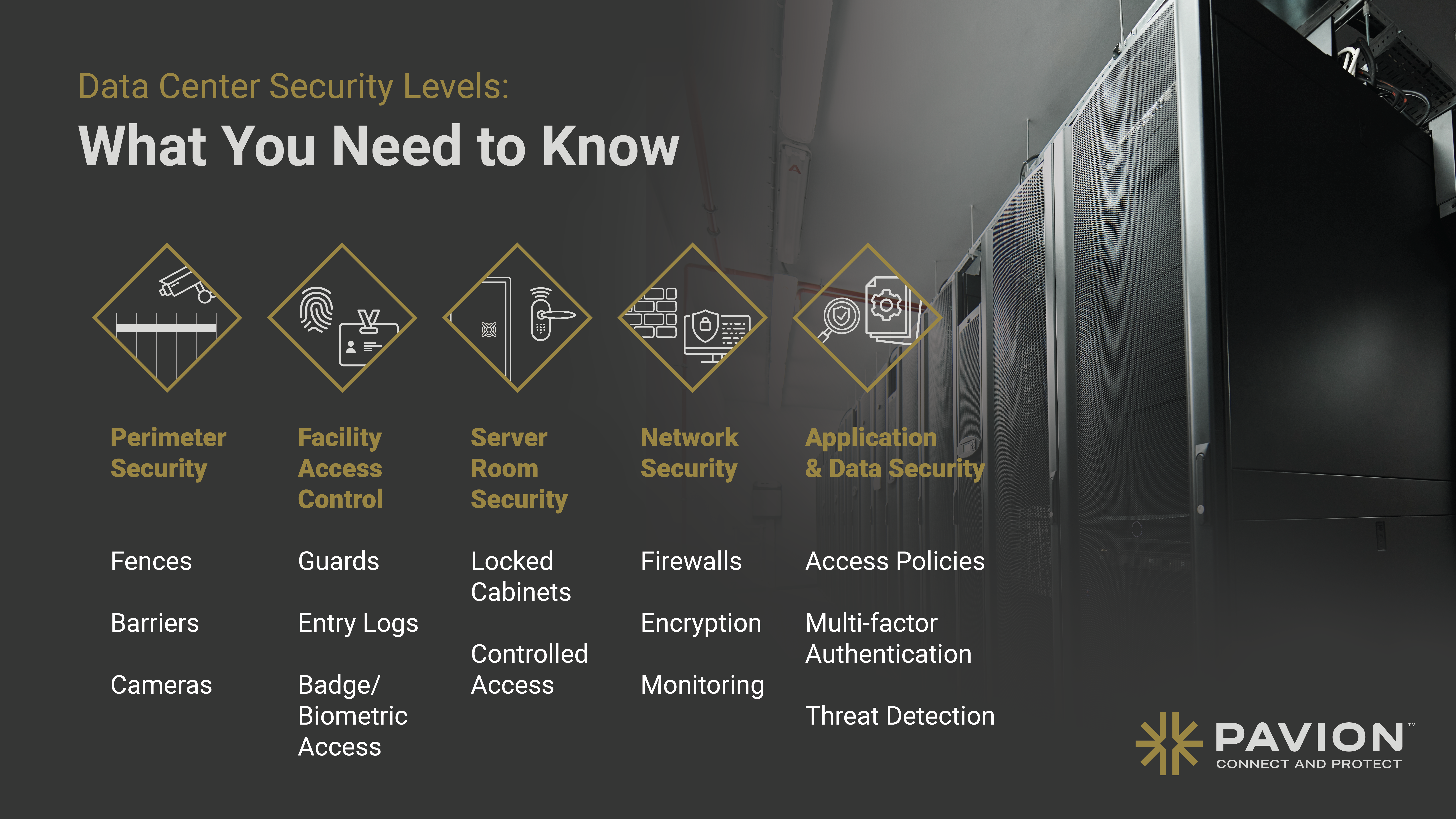
Innovations in ARCS: What’s New in First Responder Systems?
The world of first responder systems is constantly evolving, with new technologies and innovations being introduced regularly to enhance the efficiency and effectiveness of emergency response. One such innovation is the Advanced Radio Communication Systems (ARCS), which has revolutionized the way first responders communicate and coordinate during emergencies. Pavion, a leader in the field, specializes in the development and implementation of these advanced systems.
Understanding ARCS
ARCS, or Auxiliary Radio Communication Systems, are designed to provide reliable, high-quality radio coverage within buildings, particularly in areas where traditional radio signals may not reach. These systems are crucial for first responders, as they allow for seamless communication during emergencies, ensuring that all team members are on the same page and can respond effectively to the situation at hand.
ARCS are typically composed of a network of transceivers, repeaters, and antennas, all working together to transmit and receive radio signals. The system is designed to be robust and resilient, with built-in redundancies to ensure that communication can be maintained even in the event of a system failure.
Latest Innovations in ARCS
The field of ARCS is constantly evolving, with new technologies and innovations being introduced on a regular basis. These advancements aim to improve the reliability, efficiency, and overall performance of the system, ultimately enhancing the effectiveness of first responders.

One of the most significant recent innovations in ARCS is the integration of these systems with fire control panels like the EST3 and EST4 from Edwards. These panels unify fire alarm, smoke control, security, and mass notification systems, providing a comprehensive solution for emergency response. The integration of ARCS with these panels allows for seamless communication and coordination between different systems, enhancing the overall efficiency of emergency response.
Integration with IoT
Another major innovation in ARCS is the integration with Internet of Things (IoT) technologies. IoT devices can provide valuable real-time data during emergencies, such as the location of individuals within a building or the status of various systems. By integrating ARCS with IoT technologies, first responders can have access to this data, allowing them to make more informed decisions and respond more effectively to emergencies.
This integration also allows for more proactive emergency response. For example, IoT devices can detect potential issues, such as a rise in temperature or the presence of smoke, and automatically alert the ARCS. This allows first responders to be alerted to potential emergencies before they become critical, enabling them to respond more quickly and effectively.
Enhanced Redundancy
Redundancy is a critical aspect of any emergency communication system, and recent innovations in ARCS have further enhanced this aspect. Modern ARCS are designed with multiple layers of redundancy, ensuring that communication can be maintained even in the event of a system failure. This includes redundant power supplies, redundant signal paths, and redundant control units, all of which contribute to the overall reliability and resilience of the system.
These redundant systems are also designed to be self-monitoring, meaning they can automatically detect and compensate for any failures. This not only ensures that the system remains operational at all times, but also reduces the need for manual monitoring and maintenance, freeing up resources for other critical tasks.
Future of ARCS
As technology continues to advance, we can expect to see even more innovations in ARCS. These could include further integration with other technologies, such as artificial intelligence and machine learning, which could enhance the system’s ability to predict and respond to emergencies. We could also see advancements in the hardware used in ARCS, such as more powerful transceivers and more efficient antennas, which could improve the system’s performance and coverage.
Regardless of what the future holds, one thing is clear: ARCS will continue to play a crucial role in emergency response. By providing reliable, high-quality communication, these systems enable first responders to do their jobs more effectively, ultimately helping to save lives and protect property. And with companies like Pavion leading the way in ARCS development and implementation, we can expect to see even more exciting innovations in the years to come.
Connect with Pavion for Cutting-Edge ARCS Solutions
At Pavion, we’re dedicated to advancing the capabilities of first responders through state-of-the-art ARCS. Our commitment to innovation ensures that you have access to the most reliable and effective communication systems available. If you’re ready to enhance your emergency response strategy with the latest in ARCS technology, we invite you to Get a Free System Assessment today. Let us help you connect and protect with solutions tailored to your unique needs in fire, security, and integrated systems.


